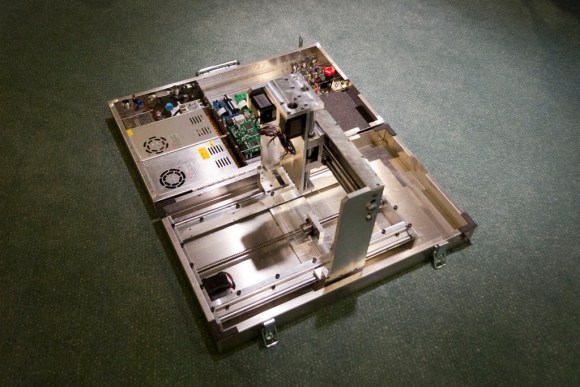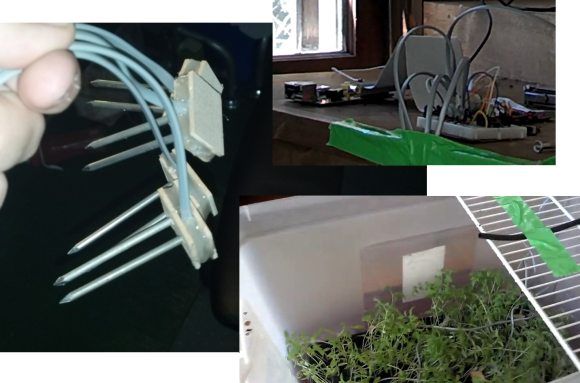
Below is a statement from [Jason Calacanis], the owner of hackaday ———————-
HackADay.com, an awesome maker community, is looking for a new home
——–
tl;dr: HackADay is a passionate community of hackers doing awesome stuff. It deserves more attention than I can give it right now, as I’m ultra-focused on the launch of Inside.com. So, we’re looking for a caring new owner with a stellar track record of not f@#$ing up brands to take it over.
——–
We created HackADay back in 2004 because one of Engadget’s awesome bloggers, Phil Torrone, wanted to do super-geeky projects every day and the Engadget audience wasn’t exactly into that frequency.
In a phone call with PT I said, “So you want to do a hack a day?”
He was like, “Yeah, a hack a day.”
And I was like, “OK, let’s do hackaday.com.”
When we sold Weblogs Inc. to AOL, we took HackADay out of the deal because it was doing stuff that a corporate parent’s legal arm might not feel comfortable with (e.g., hacking cable boxes!).
So, I bought it and kept it safe and warm inside of Mahalo.com for the past couple of years. However, since I’m super focused on the Inside.com launch, I need to find a new home for it.
It’s doing over $14k a month in advertising without a sales force (just AdSense mainly), and it’s got an amazing stable of bloggers. Given its 6m pageviews a month and with an advertising sales force doing a modest $15 RPM, Hackaday could do $90k a month.
We’ve got 5,674 members of our email list after just five months (should have started it 10 years ago, would have been at 100k+ by now!).
We’ve started doing some epic videos on YouTube. Collectively the videos have over 5m views and 31k subscribers: www.youtube.com/hackaday
This awesome video broke 1m views: http://youtu.be/LZkApleQQpk
Our Twitter handle has 29k followers.
We’re hoping someone like Maker, DemandMedia, InternetBrands, AOL (without Time Warner involved!), Gawker or another publisher can carry on this awesome, profitable and limitless brand.
If you’re interested, send a note to jason@inside.com.
Also, HackADay is looking for a new editor-in-chief. Please send sample projects, posts and whatever else you got to neweditor@hackaday.com.
Thanks for allowing me this and for your help with any new home ideas.
best @jason


















